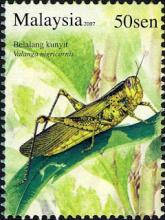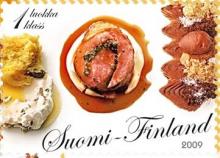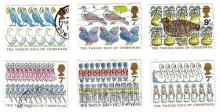Severe toxic effects on various amphibian species have been reported for field-relevant application rates of different pesticides
Current pesticide risk assessment does not specifically consider amphibians. Amphibians in the aquatic environment (aquatic life stages or postmetamorphic aquatic amphibians) and terrestrial living juvenile or adult amphibians are assumed to be covered by the risk assessment for aquatic invertebrates and fish, or mammals and birds, respectively. This procedure has been evaluated as being sufficiently protective regarding the acute risk posed by a number of pesticides to aquatic amphibian life stages (eggs, larvae). However, it is unknown whether the exposure and sensitivity of terrestrial living amphibians are comparable to mammalian and avian exposure and sensitivity. We reviewed the literature on dermal pesticide absorption and toxicity studies for terrestrial life stages of amphibians,
focusing on the dermal exposure pathway, that is, through treated soil or direct overspray. In vitro studies demonstrated that cutaneous absorption of chemicals is significant and that chemical percutaneous passage, P (cm/h), is higher in amphibians than in mammals. In vivo, the rapid and substantial uptake of the herbicide atrazine from treated soil by toads (Bufo americanus) has been described. Severe toxic effects on various amphibian species have been reported for field-relevant application rates of different pesticides. In general, exposure and toxicity studies for terrestrial amphibian life stages are scarce, and the reported data indicate the need for further research, especially in light of the global amphibian decline.










